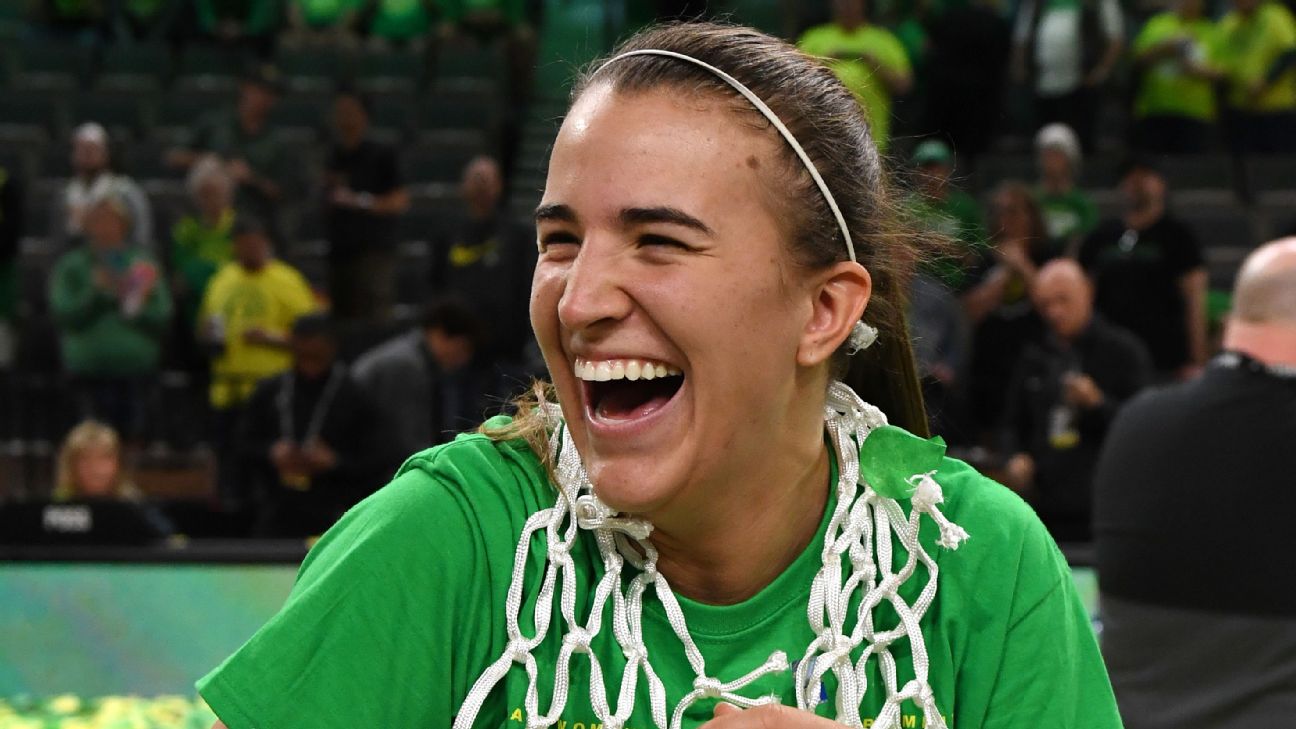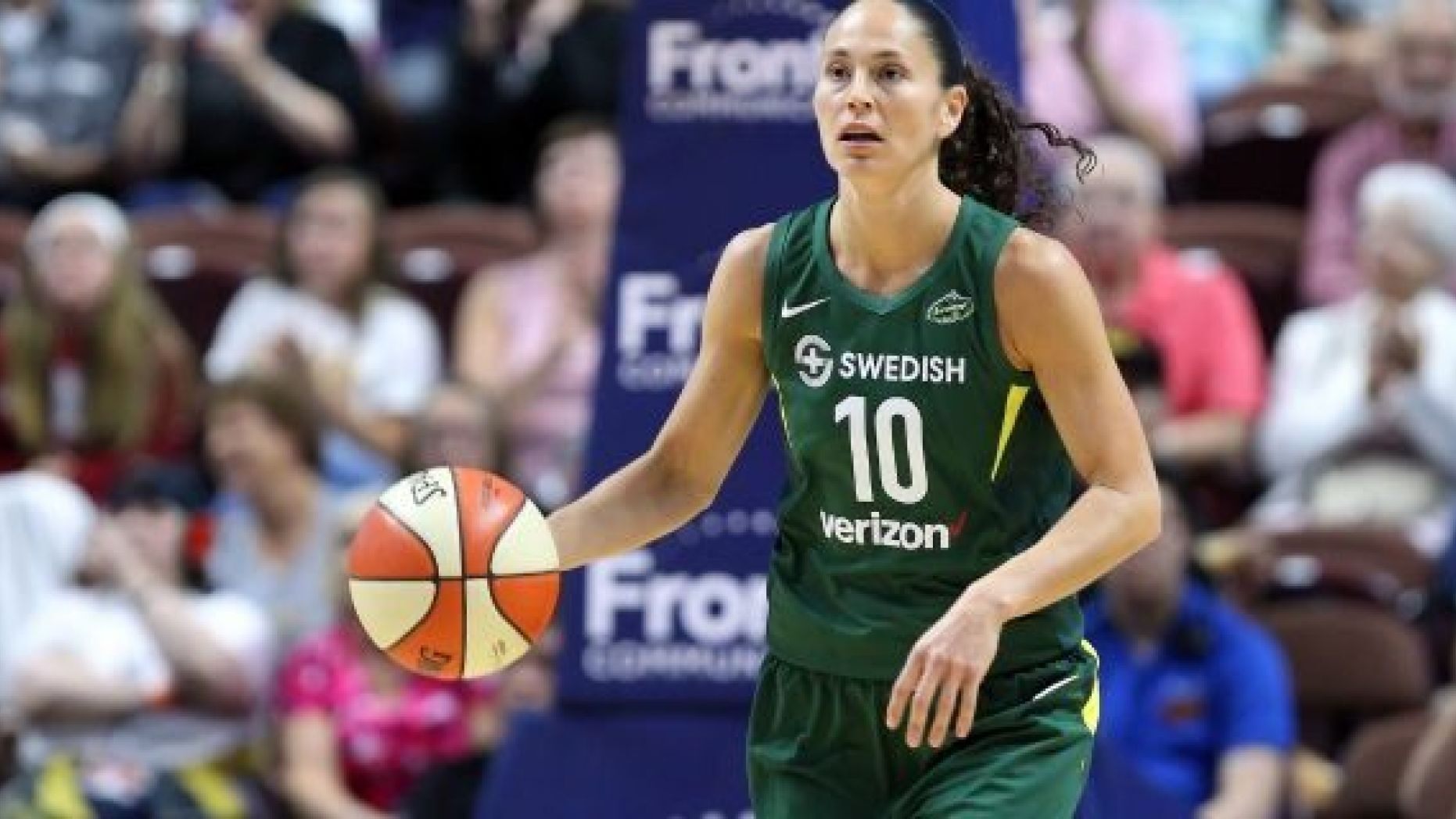
Losing money, losing attendance, and now maybe losing an entire season.
Where does the WNBA go from here?
It hasn’t all been bad for the women’s league. As far as team sports go, the WNBA has been far and away the most successful professional women’s league in the United States. Boasting the highest salaries—in most cases by fa—and being the most televised women’s professional team sport, the WNBA has found success where other leagues have not. In the beginning of 2020, the league and the players association came to an agreement on a new CBA that raised salaries to a base of $130,000. They also received maternity benefits, fertility and adoption services as well as improved travel (aka not coach) and incentivized contracts, which could see the highest paid players getting upwards of $500k per season. This is all great news for players but this shows how far behind the league is when compared to those overseas where in many cases $500k is a normal salary.
But how does a league that has lost an average of over $10 million every year of its existence, flourish? TV ratings are up, but attendance is down. It’s curious actually, when you look at the differences in viewership between the NBA and the WNBA, the average attendance gap is less than 12,000. Turn your head over to the TV side and you see the real gap. The 2019 WNBA Finals averaged just under 400,000 viewers per game (381,000). The 2019 NBA Finals averaged just over 20 million viewers per game (20.5 million).
While there is definitely nothing like being at a game in person, the truth is, televised games will always be more accessible to fans. We’re not even just talking games anymore. We’re talking talk shows, docuseries, biopics, and infinite other possibilities. You’ve got series like 30 for 30, the Trial of OJ Simpson, Hard Knocks, Uninterrupted, and The Last Dance. Biopics like Ali, Invincible, Moneyball, Hoosiers, and the list goes on. Where is the WNBA in all of this?
I recently watched an HBO documentary on Cheryl Miller and the rise of women’s basketball. Never have I watched something so enthralling and informative about women’s basketball. The next closest thing I can think of is Love and Basketball. To reach viewers, to influence fans to come back again and again, the WNBA needs to make an effort to find these fans in the same mediums that other sports take advantage of.
Little girls love professional women athletes but somewhere along the way most of them lose interest. It’s not the fault of the athletes; it’s the inability to maintain the one aspect that makes their connection to their fans unique, womanhood. The WNBA needs to create other venues of interest that capitalize on the experiences and interests of young women.
The alternative?
Change the game. In reality people want to see these sports played at the highest level. That makes it even more imperative that women’s basketball focus on what makes them different and market that to their fans. If you aren’t going to go after television and entertainment expansion, then you have to change the game.
In fact, the WNBA could even use this model to stay ahead of the NBA. Along with other improvements in the new CBA, the WNBA has instituted a mid-season tournament. The NBA has kicked around this idea recently, along with reformatting the current playoff set up. Obviously the WNBA can’t mimic how the NBA would reconstruct their playoff format but the fact that they jumped at playing an in season tournament is promising.
Now, I’m not saying take every idea that the NBA isn’t ready for, but testing rule changes that are somewhat drastic before they pop up in the NBA is genius. Take the 4-point line for example. Imagine next season the WNBA puts in a 4-point line. Would you watch? Would you at least check it out? Of course you would. (If a 4-pointer can get people to watch the Big 3 how do you think the WNBA would fair?)
As long as the WNBA is losing money and as long as it is at the mercy of greedy NBA owners, it is at risk. Maybe they don’t see what I do but there are definitely avenues to take to boost league interest and excitement.



